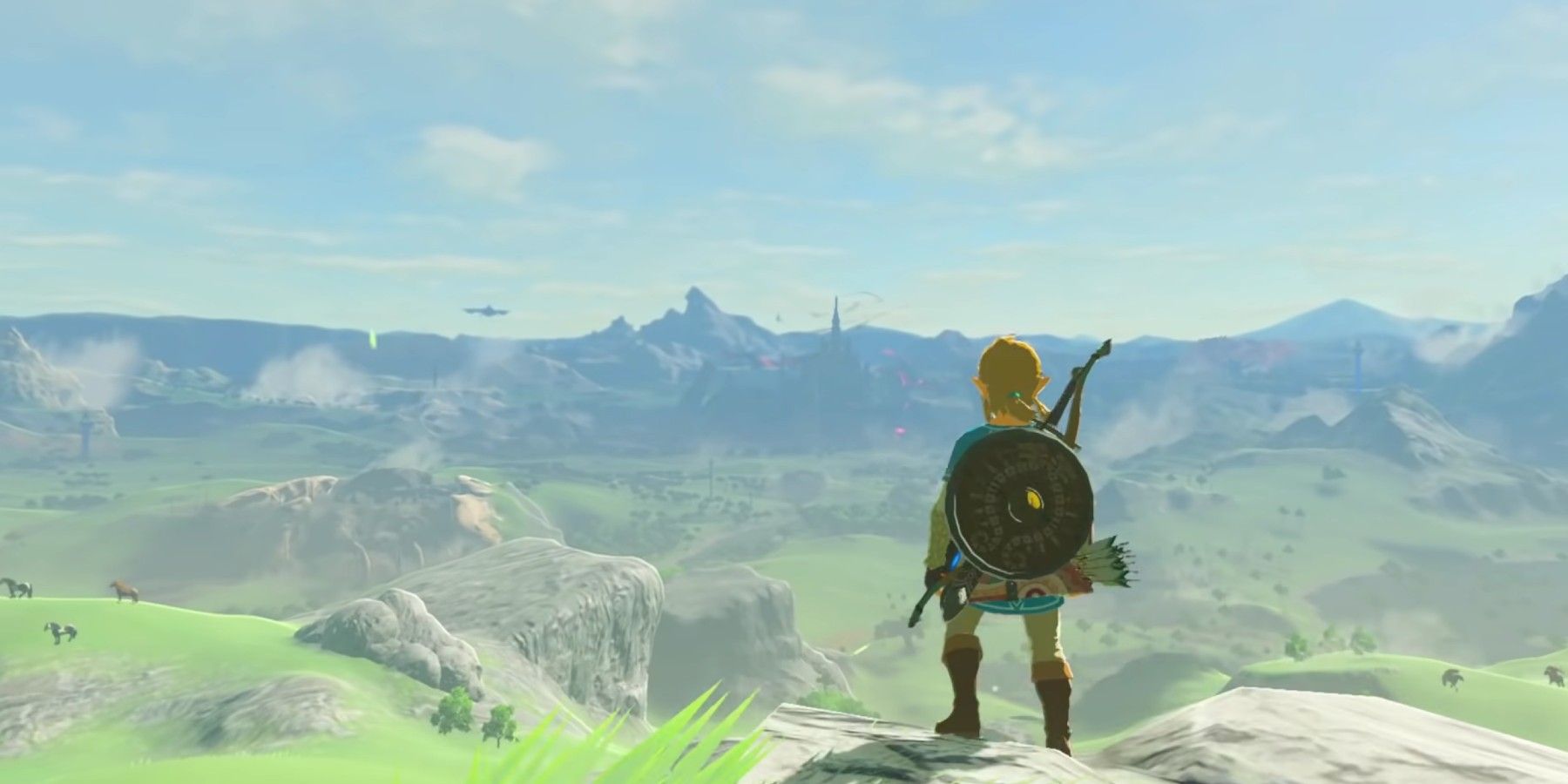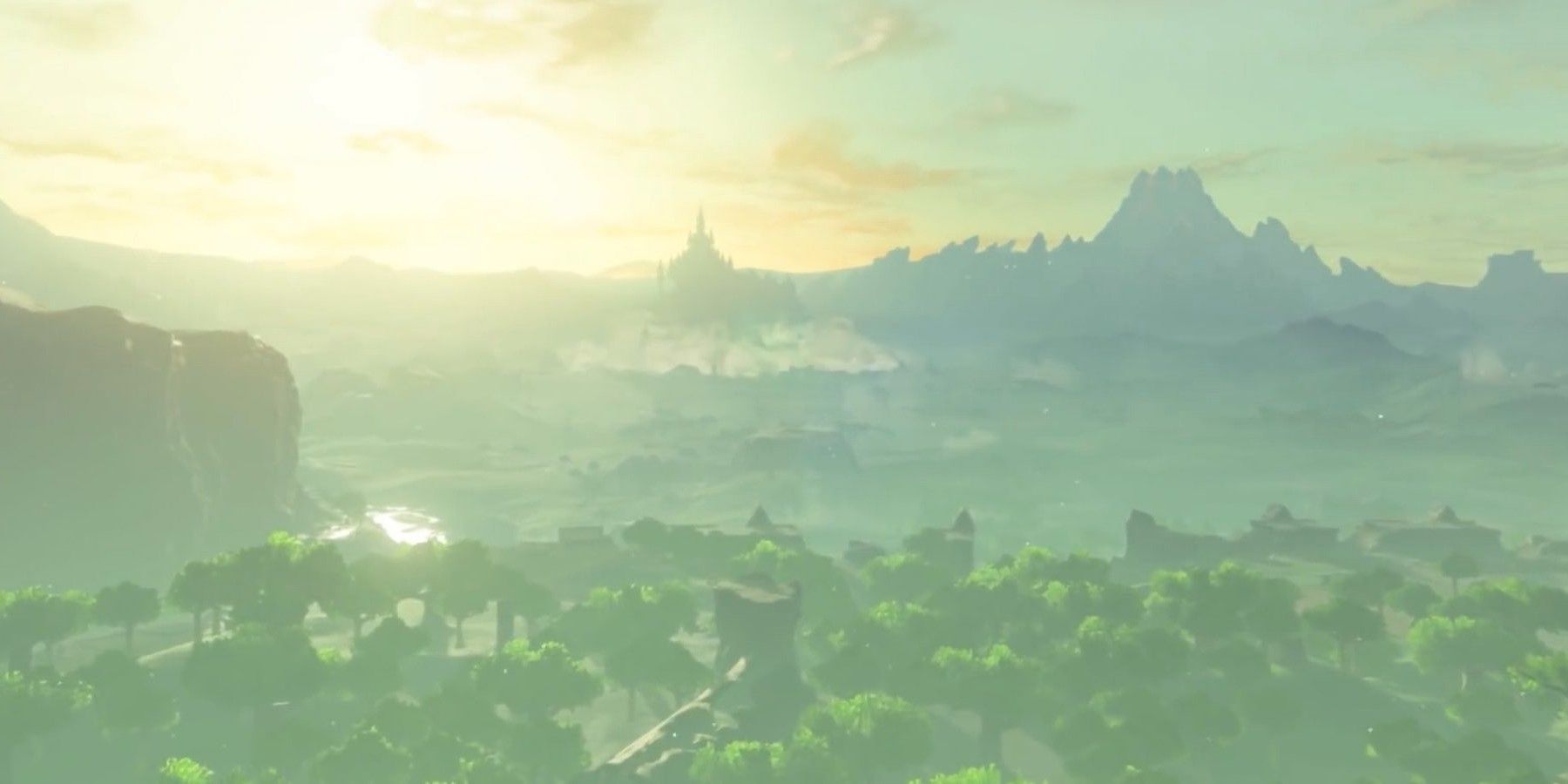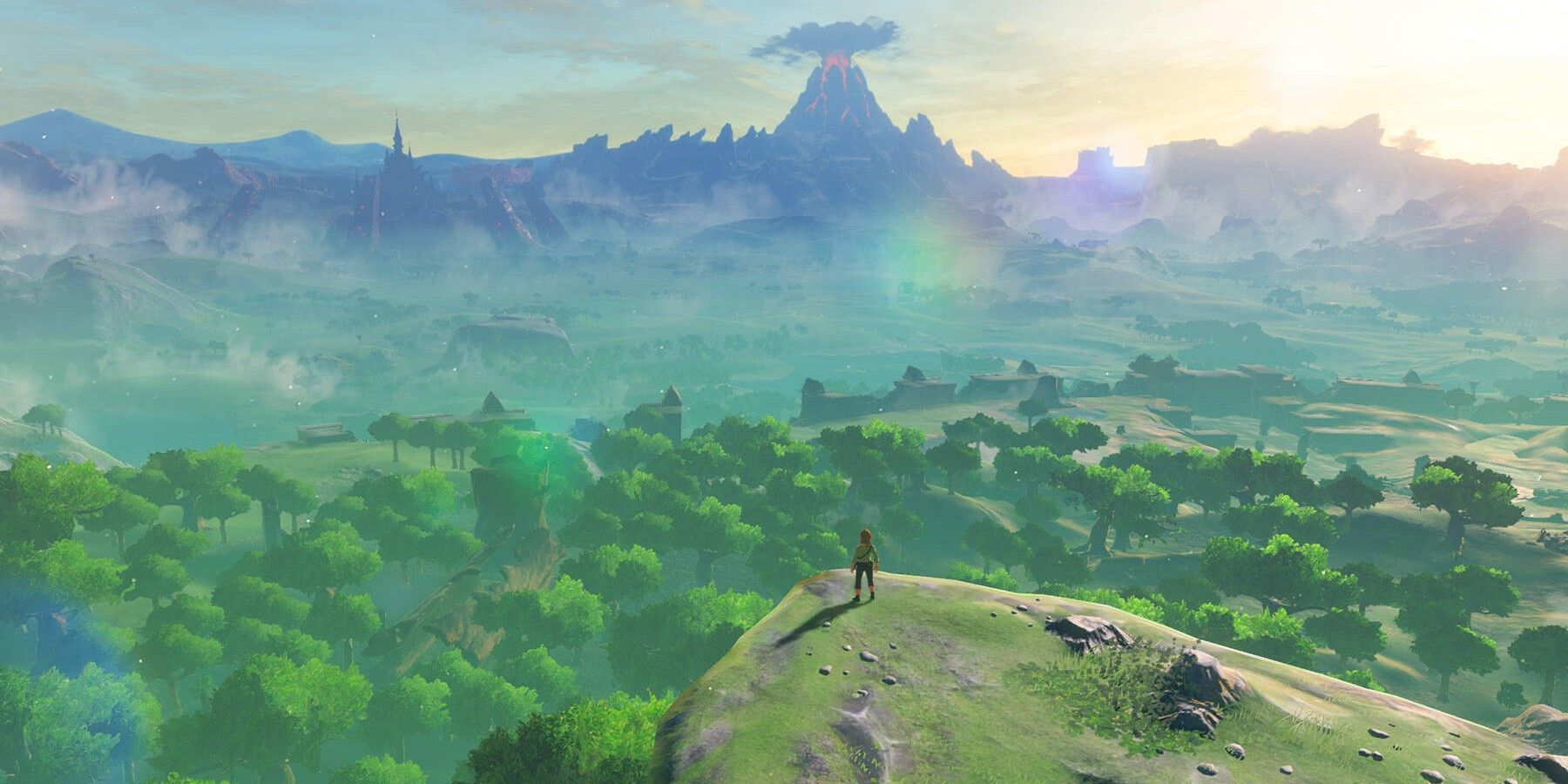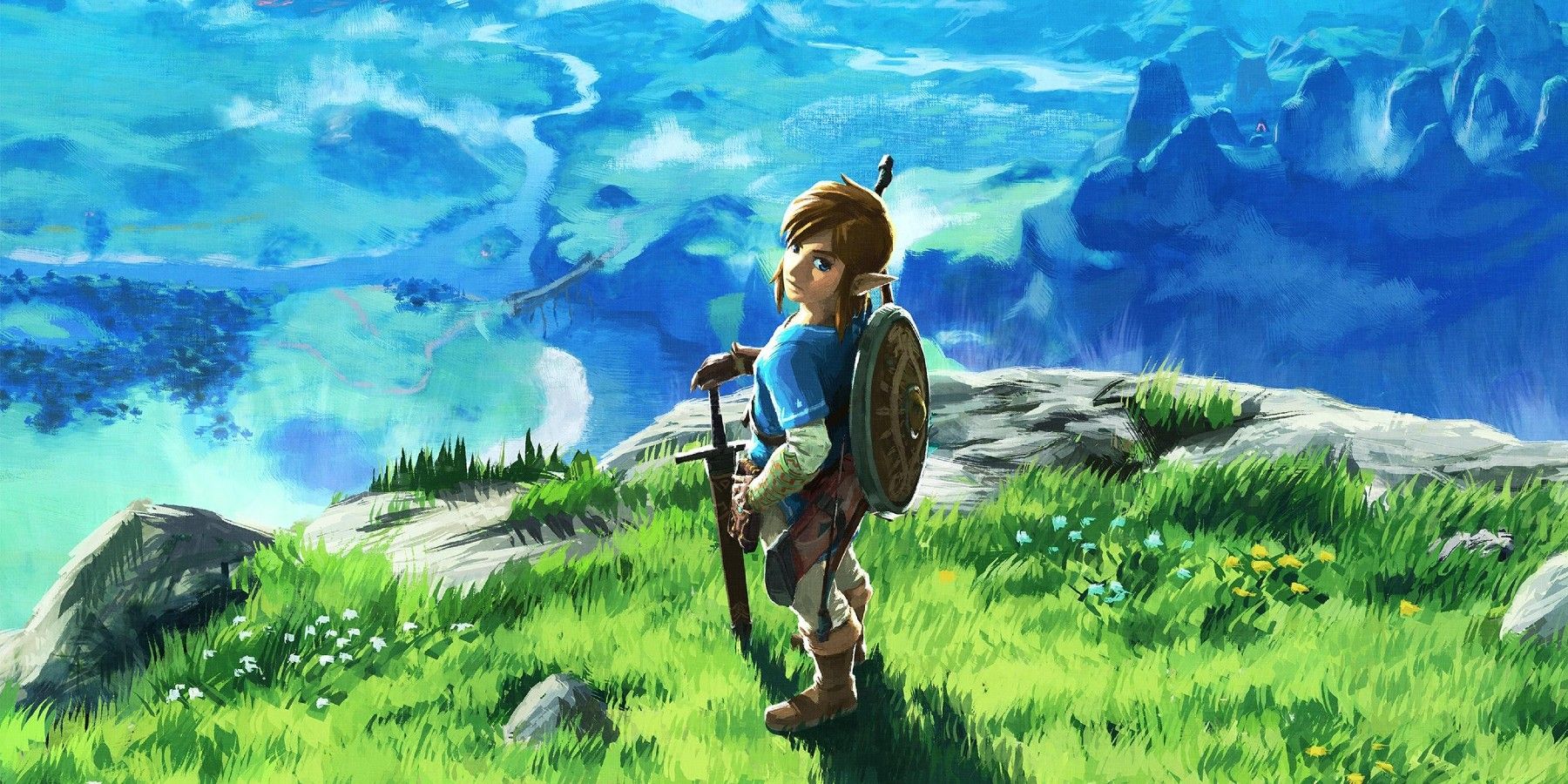The Legend of Zelda: Breath of the Wild steps away from Zelda's regular formula of linear, dungeon-crawling adventures connected by closed-off world regions in favor of a massive open-world journey with RPG elements. Breath of the Wild takes on the challenge of telling a compelling story in a massive, tranquil world while keeping the player engaged. Hyrule draws players in with wide open spaces and a great variety of quests, creating the perfect environment for a grand adventure.
Writer Joseph Campbell is renowned for his theory of the literary archetype known as the Hero's Journey in which a protagonist, or hero - the classic example being Star Wars' Luke Skywalker - goes on an adventure to face many trials and obstacles, emerges victorious, and then returns home transformed in some way. In Breath of the Wild, Link engages in a more relaxed and ambient adventure in the open-world Hyrule, and its quiet moments really help sell the Hero's Journey.
The Tranquility of Hyrule in Breath of the Wild
Veterans of The Legend of Zelda franchise know that previous games have acclaimed soundtracks by a variety of talented composers, the most famous of which is Koji Kondo. However, Breath of the Wild is different from its predecessors in that there is not a constant musical track playing in the background. Instead, the game focuses on ambient, environmental sounds with the occasional flutter of piano notes or strings.
Some enemies in Breath of the Wild have unique battle music, like Guardians that roam the land and will attack Link on sight. Otherwise, the game's sound design is based around tranquility and natural, organic sounds that are accented by brief musical intonation. This sound design is so immersive that when players are roaming the lands of Hyrule searching for Korok Seeds, better gear, small settlements, and other such activities, hours can go by unnoticed.
Link wakes up in the Shrine of Resurrection and players are immediately thrust into a beautiful world. Once they finish Breath of the Wild's tutorial on the Great Plateau, they are on their own beyond a vague directional guide provided by the King of Hyrule's spirit. With such a massive distance between Link and Kakariko Village, and hundreds of different directions to go with things to discover, it could be easy for players to lose their immersion. However, Breath of the Wild's environmental storytelling is accented well by the ambient soundtrack to keep players invested in nature.
Breath of the Wild's Wide Open Spaces
The Legend of Zelda: Breath of the Wild's map is about 23.7 square miles, which is basically the size of Manhattan. Many fans are interested in measuring distances and time, and the average time it takes to travel horizontally across Breath of the Wild's map is about 38 minutes. In a world that is so big, Breath of the Wild has lots of explorable areas, mysteries to uncover, treasures to find, and so on, but it also has a unique characteristic of its own: positively used negative space.
Negative space is the area between points of interest where there isn't much to do. Many Zelda fans don't love the negative space in Breath of the Wild, but there is something to be said about how it adds to the immersion and the storytelling. Breath of the Wild has different enemy camps, Shrines, mini-boss encounters, secret areas, and a myriad of other things to do in the game, but a lot of the map is "negative space" that Link must traverse to get to his next objective. It is in these moments that the player notices the ambient sounds and tranquil feel of the environment, thinking about Link's memories with the other Champions, and what Zelda must be going through among a plethora of other things. The line between character and player is blurred, and Breath of the Wild truly achieves its "roleplaying" status.
Agency and Choice for Breath of the Wild Players
As Link travels Hyrule, he often comes to crossroads with two optional paths: one may lead to a Sheikah Tower surrounded by Guardians while the other could lead to a dark forest, and players have the agency to decide which way to go. Games like Red Dead Redemption 2 that allow player choice focus on the results of those choices and how they affect certain quests and scenes. However, the unique way Breath of the Wild handles choice is that it invites players into the storytelling, letting them write their own saga as Link moves across Hyrule.
Many players are still speedrunning Breath of the Wild, and the reason they are able to do this is because the game allows players to run straight to the final boss, Calamity Ganon, as soon as the tutorial is finished. This amount of agency lets players roleplay as Link however they see fit. Some may want to play as a Link who does not want to waste any time getting to Zelda, while others may think that Link gets as much help as he can in facing the Calamity, taming the Divine Beasts first. Either way, players take the storytelling into their own hands, creating a more engaging experience.
As fans gear up for The Legend of Zelda: Breath of the Wild 2, these quiet moments and environmental storytelling strategies should remain. Though there will be new enemies, places to explore, characters to meet, and objectives to complete, players are still excited to step into Link's boots and traverse Hyrule once more.
The Legend of Zelda: Breath of the Wild is available now on Switch and Wii U.




